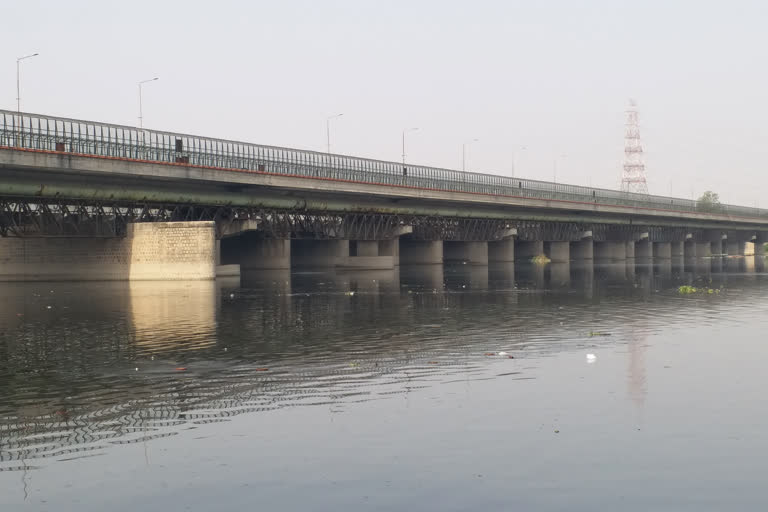New Delhi: The Delhi government has set a target of 2023-24 to clean the Yamuna river though the goal seems unlikely as the administration is yet to tackle several challenges including drains discharging untreated wastewater into the river.
Although earlier, it was claimed that 13 out of 18 drains have been trapped, the ground reality is different. Twelve of the 18 major drains in Delhi are still discharging untreated water into the Yamuna, the National Mission on Clean Ganga (NMCG) has told the Delhi Pollution Control Committee (DPCC) and the Delhi Jal Board (DJB).
Eighteen major drains open into the Yamuna in the 22-km Delhi stretch of the river between Wazirabad and Okhla. Though the stretch is less than two per cent of the river's length, it accounts for about 80 per cent of the pollution in it. According to a DPCC report submitted to the Union Jal Shakti Ministry in February, the DJB had informed the pollution control body that 13 out of the 18 drains had been trapped and no untreated water from them was flowing into the Yamuna.
The NMCG, in a letter to the DPCC and the DJB, said it had sent survey teams to ascertain the status of the trapped drains on March 30 and 31. "It is reported that out of the 13 trapped drains, seven are still discharging into the river Yamuna. So, as of now, 12 drains (seven trapped and five untrapped) are discharging untreated wastewater into the Yamuna," it said.
The seven drains are the Khyber Pass Drain, Civil-Military Drain, Delhi Gate Drain, Drain No 14, Tughlaqabad Drain, Kalkaji Drain and the Sen Nursing Home Drain. The NMCG has asked the DPCC and the DJB to take action on the field observation report and submit an action-taken report to it.
According to DJB officials, the 13 drains have been trapped through intercepting sewers, which carry the untreated waste to nearby sewage treatment plants. Only treated water from the STPs drains into the Yamuna, they said. Delhi generates around 768 million gallons of sewage a day, while the DJB supplies around 960 MGD of drinking water against a demand of 1,150 MGD.
The 34 sewage treatment plants operational at 20 locations across Delhi can treat up to 622 MGD of sewage and have been utilising around 87 per cent (544 MGD) of their capacity. Untrapped wastewater from unauthorised colonies and jhuggi-jhopri clusters, and poor quality of treated wastewater discharged from STPs are the main reasons behind high levels of pollution in the river.
Also read: NMCG gears up to clean Yamuna River, the largest tributary of Ganga



